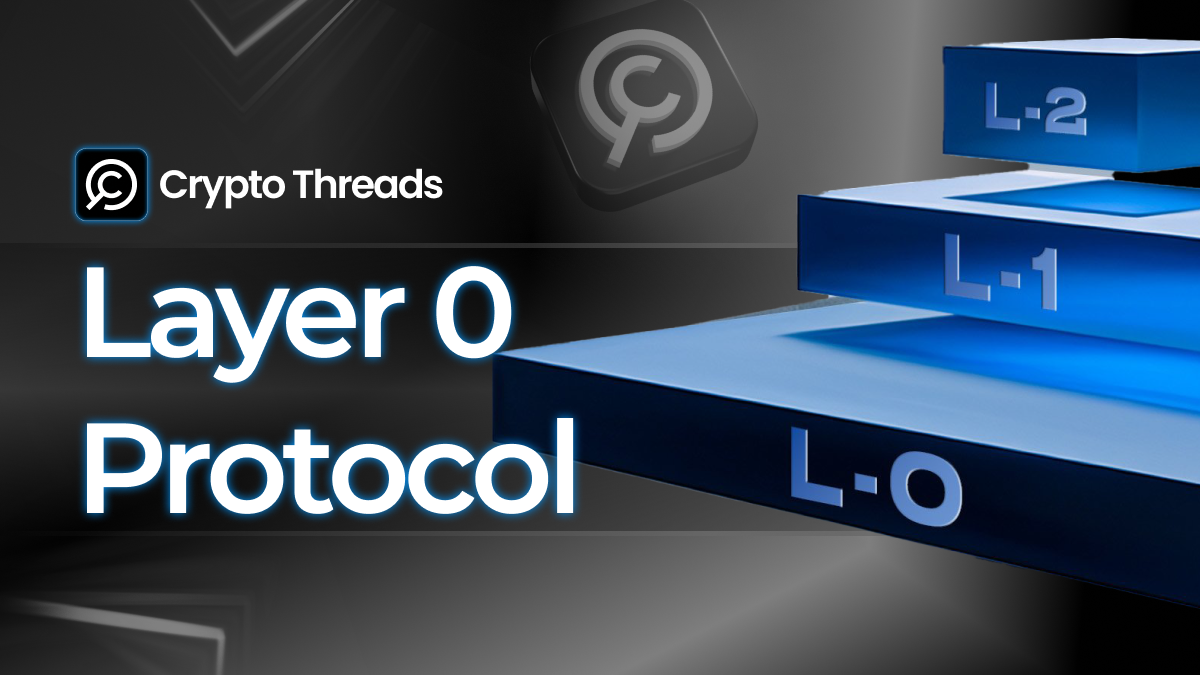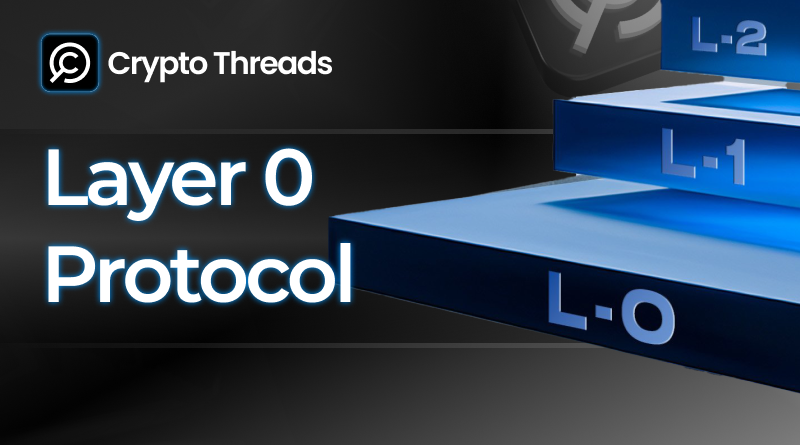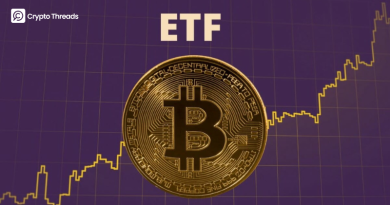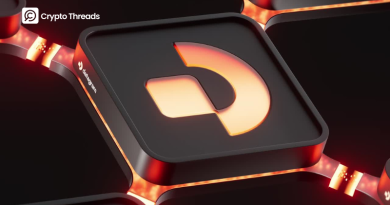Layer 0 Protocol: Understanding Blockchain’s Backbone for Scalability & Interoperability

Layer 0 is the foundational layer of a blockchain network that enables the operation and communication between the different layers of the blockchain. It serves as the core framework upon which the blockchain ecosystem is built, incorporating essential protocols, consensus mechanisms, and data structures that form the backbone of the network. While Layer 1 focuses on blockchain functionalities such as smart contract deployment and Layer 2 handles scalability solutions, Layer 0’s primary role is to design the architecture and protocols that enable the network to function efficiently and securely.
How Does Layer 0 Protocol Work?
Layer 0 protocols function in several different ways, but most commonly, they use a relay or sidechain-based infrastructure. The typical infrastructure of a Layer 0 network consists of three primary components:
Key Features of Layer 0 Protocol
Layer 0 protocols are designed to address three critical challenges in blockchain technology: scalability, security, and interoperability. Here are some key features of Layer 0:
Scalability
Scalability is a central issue in blockchain development. Early blockchain platforms like Bitcoin and Ethereum faced significant challenges in handling increasing transaction volumes, resulting in network congestion, slow processing times, and high transaction fees. Layer 0 protocols address this issue using techniques like sharding. Sharding divides the blockchain network into smaller, more manageable segments, enabling parallel processing of transactions and vastly improving the network’s throughput. This technique helps Layer 0 networks scale efficiently, supporting higher transaction volumes without compromising performance.
Interoperability
Layer 0 protocols enable interoperability between different blockchains. By using cross-chain bridges and interoperability frameworks, Layer 0 facilitates the seamless exchange of information and assets between disparate blockchain platforms. This level of interoperability is particularly beneficial in areas like decentralized finance (DeFi), supply chain management, and other cross-chain applications. It allows different blockchain ecosystems to work together, creating a more interconnected and efficient network.
Security and Consensus Mechanisms
Security is a crucial aspect of any blockchain network. Layer 0 protocols employ robust consensus mechanisms (such as Proof-of-Work (PoW) and Proof-of-Stake (PoS)) to ensure that transactions are validated securely and fairly. These mechanisms leverage financial incentives to encourage participants to act honestly, protecting the network from malicious activities. Layer 0 also incorporates advanced cryptographic techniques—including digital signatures and zero-knowledge proofs—to enhance privacy and safeguard user data. These features are essential for creating a trustless environment where users can transact and interact without relying on intermediaries.
Typical Examples of Layer 0 Protocols
Here are some notable Layer 0 protocols that exemplify the features and functionalities of this foundational blockchain layer:
Polkadot

Polkadot. Source: CoinSpot
Polkadot is a blockchain ecosystem built around its Relay Chain, which connects different blockchains to create an interoperable network. It facilitates communication and data transfer between independent blockchains, allowing them to share information and assets securely. Polkadot addresses a key blockchain limitation—interoperability—by enabling different blockchain architectures to interact seamlessly.
The Substrate modular framework is a core feature of Polkadot. It allows developers to build custom blockchains with specific features, such as scalability and security, and connect them to other ecosystems like Ethereum and Bitcoin through cross-ecosystem bridges. This architecture makes Polkadot highly flexible, enabling developers to choose and modify blockchain components as needed to create decentralized applications.
Avalanche
Avalanche is a Layer 0 protocol that merges three distinct blockchains instead of the traditional two-blockchain setup. This innovative architecture enables the Avalanche network to achieve high levels of scalability, decentralization, and security. The three blockchains in the Avalanche ecosystem perform specialized functions, contributing to the network’s agility and performance.

Avalanche. Source: CoinSpot
Cosmos
Cosmos is an innovative Layer 0 protocol that connects a network of blockchains to enhance scalability and interoperability. With the goal of creating an Internet of Blockchains, Cosmos allows independent blockchains to maintain their autonomy while facilitating seamless communication and interaction between them.
Alt tag: Cosmos. Source: Publis0x.
At the heart of Cosmos is the Tendermint consensus algorithm, a Byzantine Fault Tolerant (BFT) consensus protocol that powers each blockchain in the network. Cosmos uses the Cosmos SDK to build Proof-of-Stake (PoS) blockchains, which provide scalability, security, and sustainability. The Cosmos Hub fosters cross-chain token exchange and enables integration with other blockchains like Ethereum and Bitcoin through bridges. Additionally, Cosmos’ architecture reduces carbon footprints by utilizing the energy-efficient PoS consensus mechanism, making it a more sustainable option for blockchain development.
Conclusion
Layer 0 protocols form the foundational layer of blockchain networks, enabling scalability, security, and interoperability across decentralized systems. By facilitating seamless communication between different blockchains, Layer 0 protocols create a more connected and efficient ecosystem for decentralized applications. Notable examples like Polkadot, Avalanche, and Cosmos showcase the diverse ways in which Layer 0 is transforming the blockchain space by providing robust frameworks for cross-chain communication, scalability, and security. As blockchain technology continues to evolve, Layer 0 will play a pivotal role in the development of next-generation decentralized applications and services.



